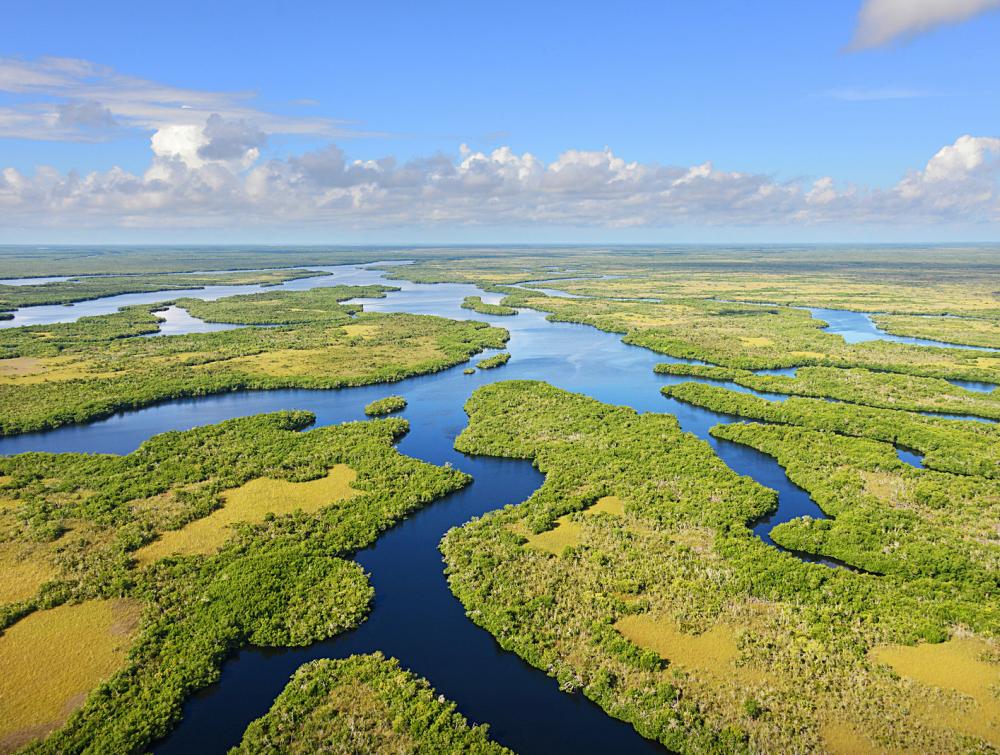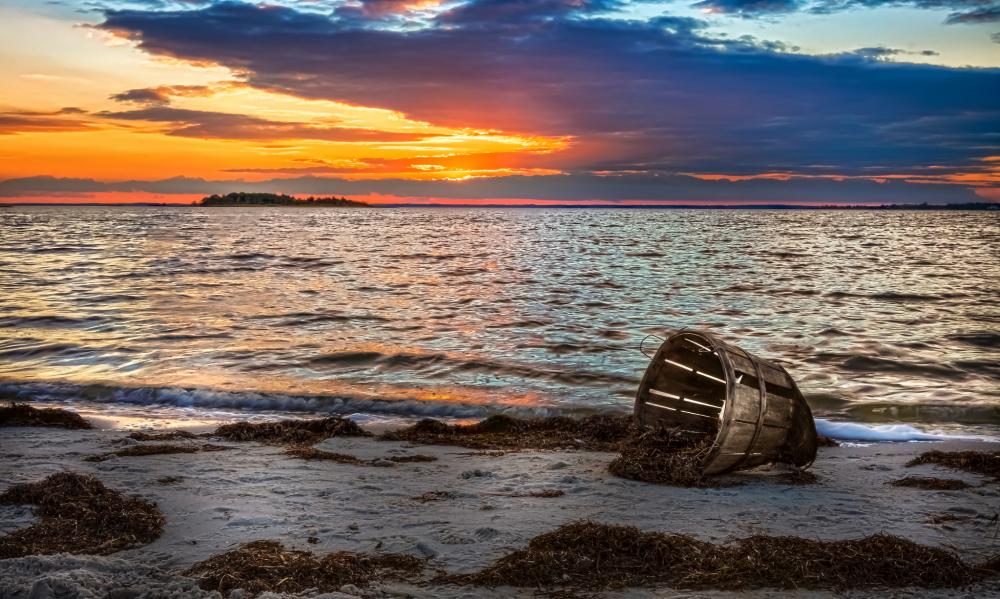Report: Rising sea levels will do costly damage to national parks & other sites

As one of the largest parks in the country, the Everglades are a unique tropical wetland.
Peter W. Cross, flickr
$40 billion in park assets endangered
Rising sea levels will do costly damage to National Park Service sites—endangering $40 billion in park assets, according to a new study.
The report, released by the Interior Department on June 23, assessed 40 national parks, monuments and other coastal sites and found that $40 billion in infrastructure and other resources was at risk due to future sea-level rise resulting from climate change.
More than one-third of the parks in the report were identified as “high exposure,” based on extreme vulnerability to long-term sea-level rise and storms. Among these were the Statue of Liberty, Everglades National Park and Assateague Island National Seashore.
Most of the imperiled spots are in a single region: 11 out of 13 parks assessed in the southeastern U.S. were tagged “high exposure” due to low elevation and high tropical storm risk, including Florida's Biscayne National Park and South Carolina's historic Fort Sumter National Monument.

Assateague Island National Seashore, MD/VA.
Eric B. Walker, Flickr
Many coastal parks already deal with threats from sea-level rise and from storms that damage roads, bridges, docks, water systems and parking lots,” said National Park Service Director Jonathan B. Jarvis in a statement. “This infrastructure is essential to day-to-day park operations, but the historical and cultural resources such as lighthouses, fortifications and archaeological sites that visitors come to see are also at risk of damage or loss.”
“Climate change is visible at national parks across the country, but this report underscores the economic importance of cutting carbon pollution and making public lands more resilient to its dangerous impacts,” added Interior Secretary Sally Jewell.
While the report found that even “a minor increase in sea level” would severely damage many parks, authors noted that their methodology was conservative, and the number of vulnerable sites was “likely to be an underestimate.”
The Interior Department will release a report on an additional 30 coastal parks later this summer.
A similar study released by the Union of Concerned Scientists in May 2014 concluded that climate change would severely damage some of America’s most iconic landmarks, from Boston’s Faneuil Hall to portions of the Everglades, thanks to factors like sea level rise, coastal erosion and flooding. Shortly after that, a report determined that up to one-quarter of the total land area of national parks is vulnerable to the effects of plant and animal life moving north and upslope to escape the heat and other effects of a changing climate.
A blind spot in the plan to reduce emissions is slowing progress in the fight against climate change
Mason Cummings, The Wilderness Society
Report: We have 10 years to make a difference in climate change
Rich, flickr
3 national seashores and coastal parks that could be changed forever by sea level rise
Jason Fitzgibbon



